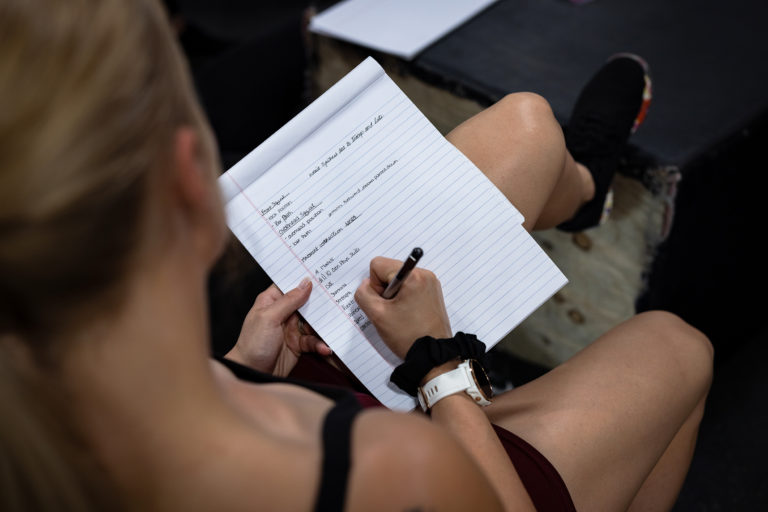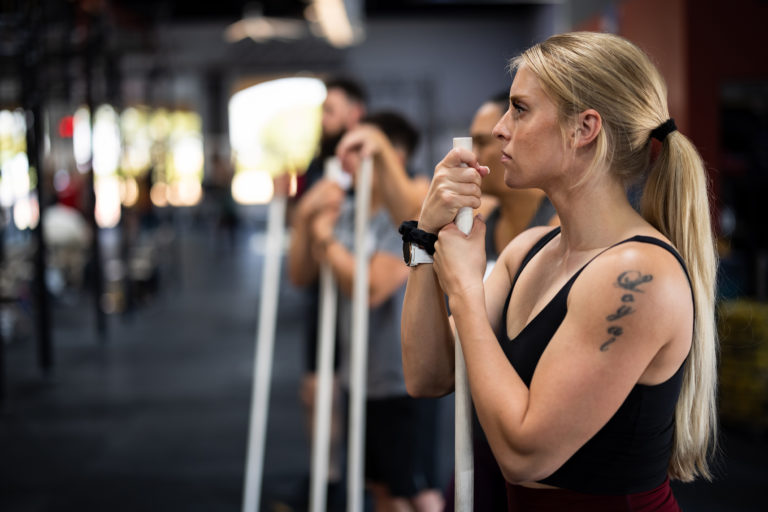As a coach or affiliate owner, you’re tasked with a multitude of responsibilities such as executing well-run classes, teaching private training sessions, assisting members at the front desk, organizing clinics and events, and yes, keeping up on email. It’s no surprise it may feel overwhelming to also find time for professional development for yourself and your coaching staff.
Offering professional development opportunities for coaches, however, doesn’t have to be a chore, and these opportunities don’t have to be multiday, polished efforts from third-party sources. If you build them into your regular workdays, you’ll always be ahead of the curve.
So what exactly is professional development and why should you consider incorporating it for your team?
Professional development is continuing education designed to help employees expand their skill set, further their careers, and stay current on industry trends and developments.
Professional development can be in the form of weekend courses, or it can be piecemeal. Lunch-and-learns, talks from experts, online courses, drills and exercises, and literature reviews are all examples of resources you can provide to your coaches for professional development. These efforts can be short, and while they may appear segmented, the consistent touchpoints accumulate and can have a considerable impact on your team. Take, for example, a bimonthly, one-hour professional development session. Over a year, that equates to 26 hours of work, roughly equal to one three-day course.

Regularly creating micro-learning environments supports ongoing conversation. The goal is not necessarily to be able to apply what is learned in the next day’s class but rather to add experience and critical thought to your toolbox. For example, a coach could learn about different body types and how they should look in a deadlift; however, they may not need or use that information for years to come when they coach an athlete with an abnormally long torso and short legs.
For coaches and box owners looking to provide ongoing development for their staff, the Professional Coach serves as an accessible and relevant resource to run professional development exercises at your affiliate’s staff meetings.
